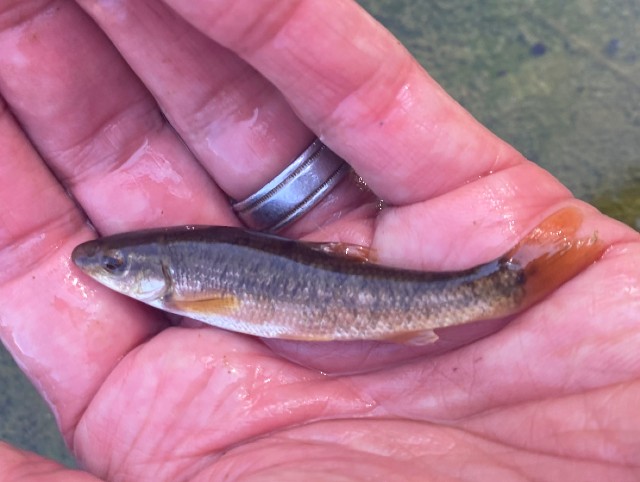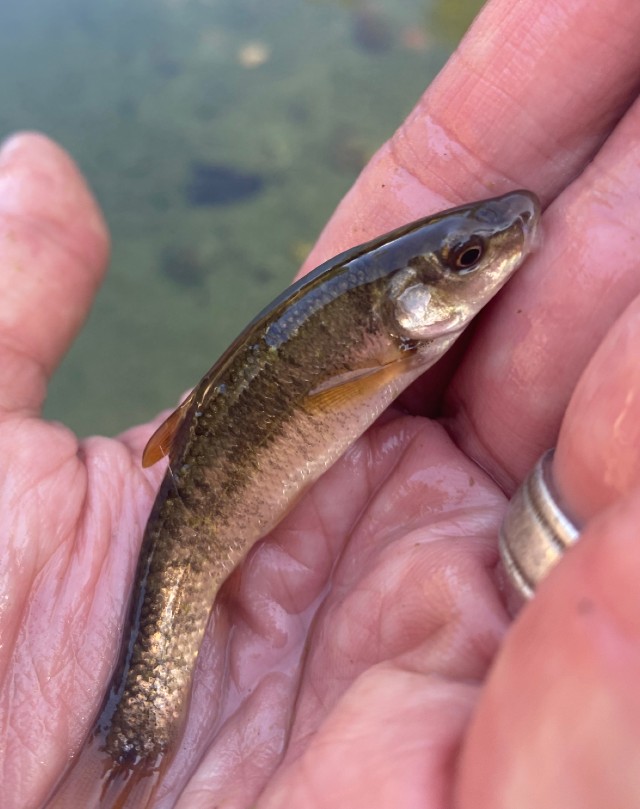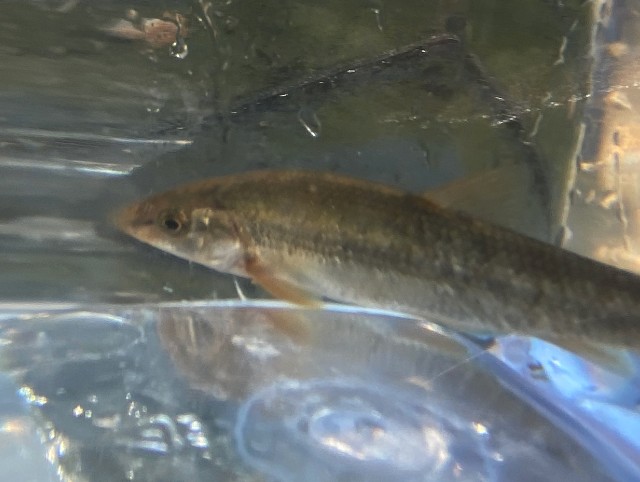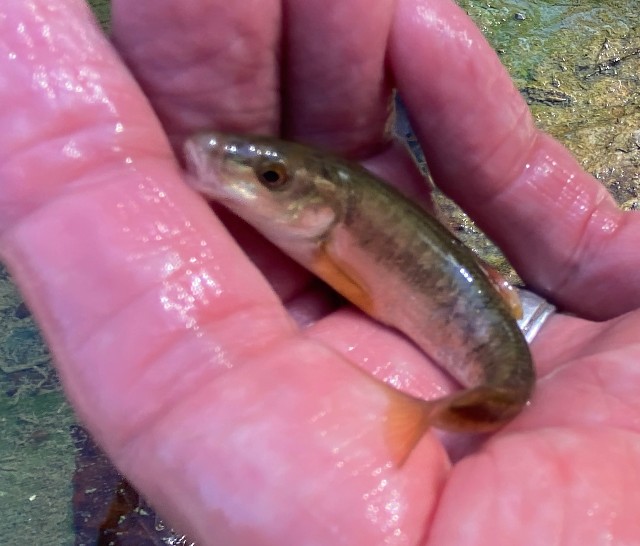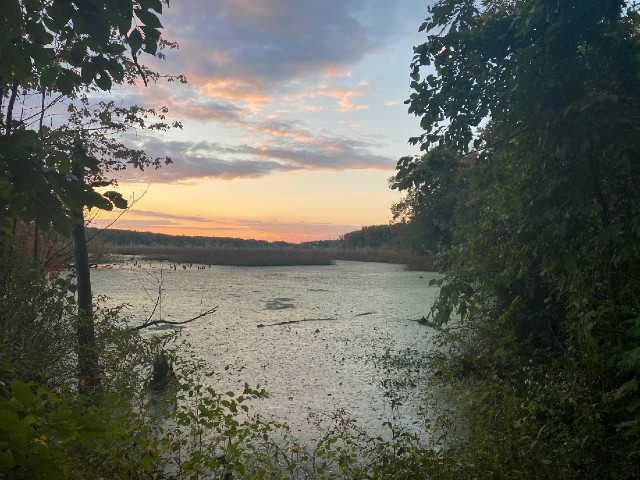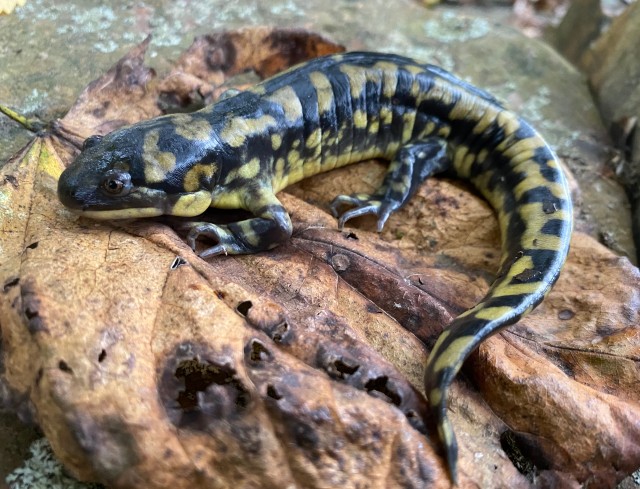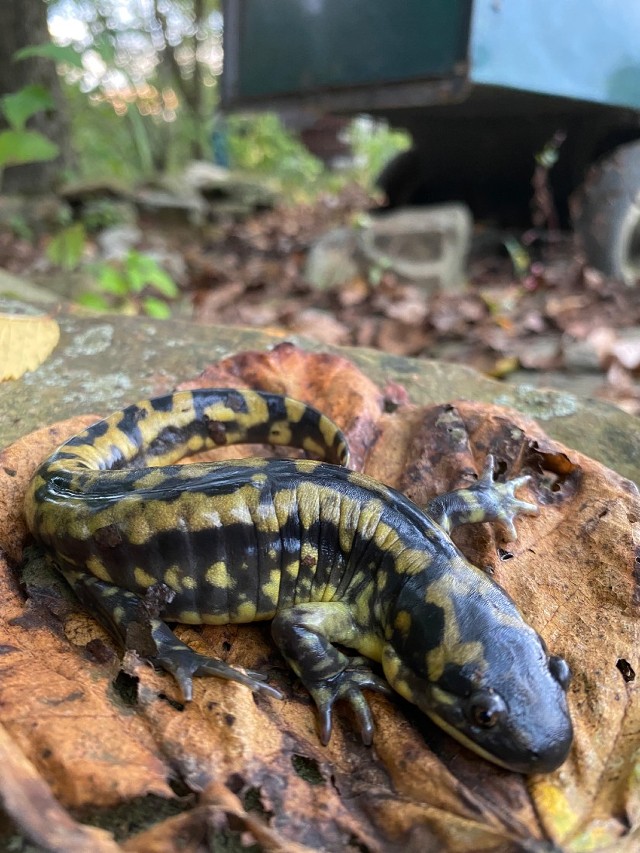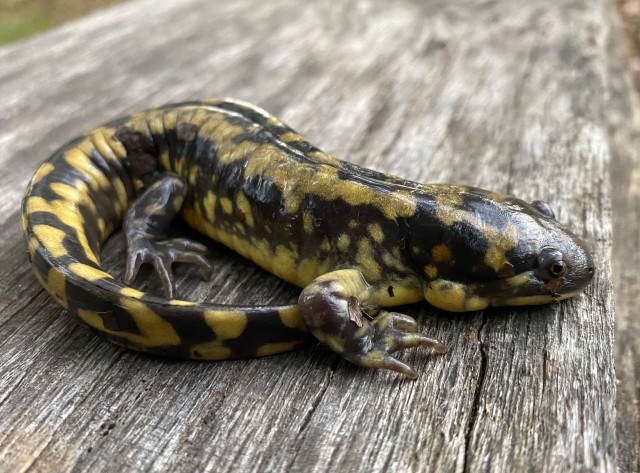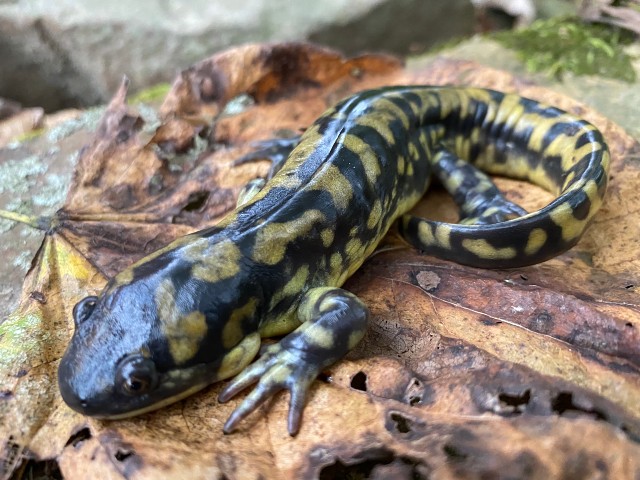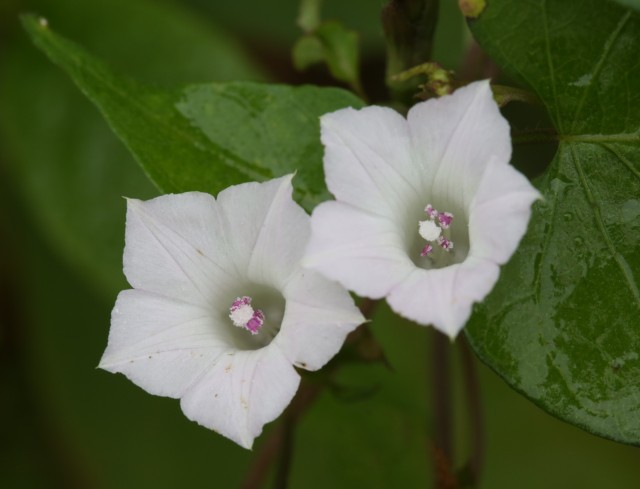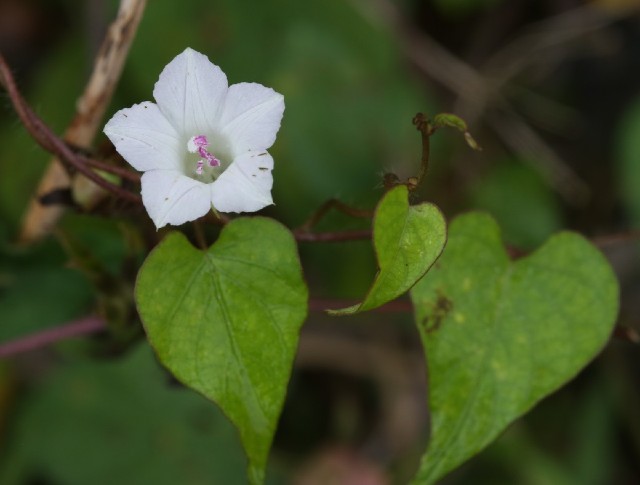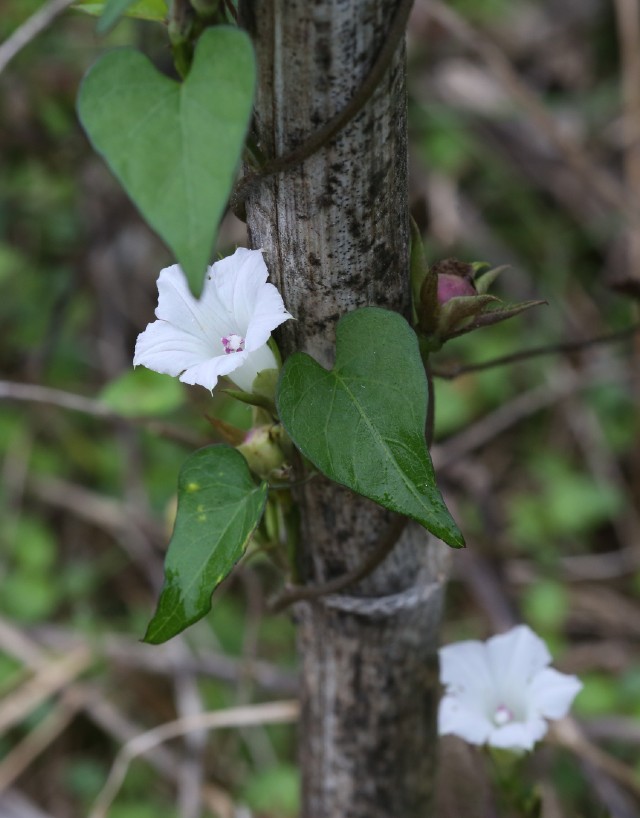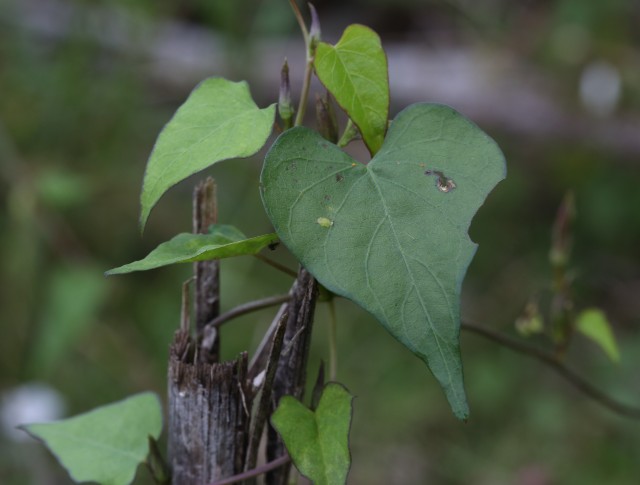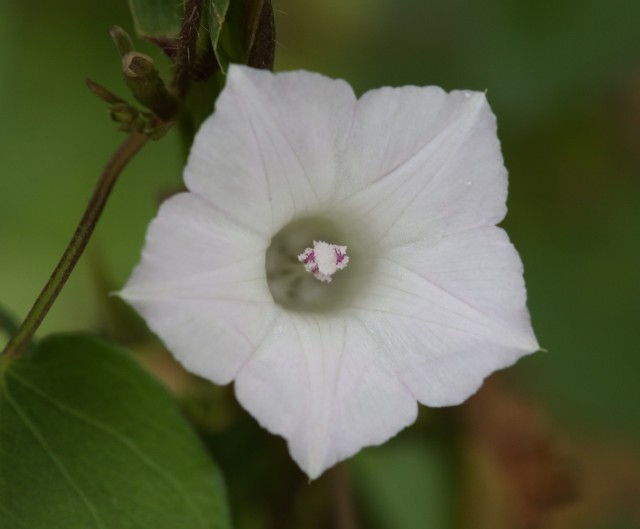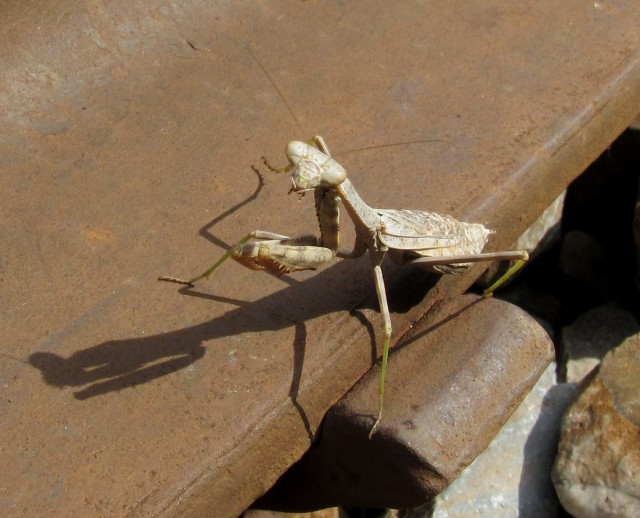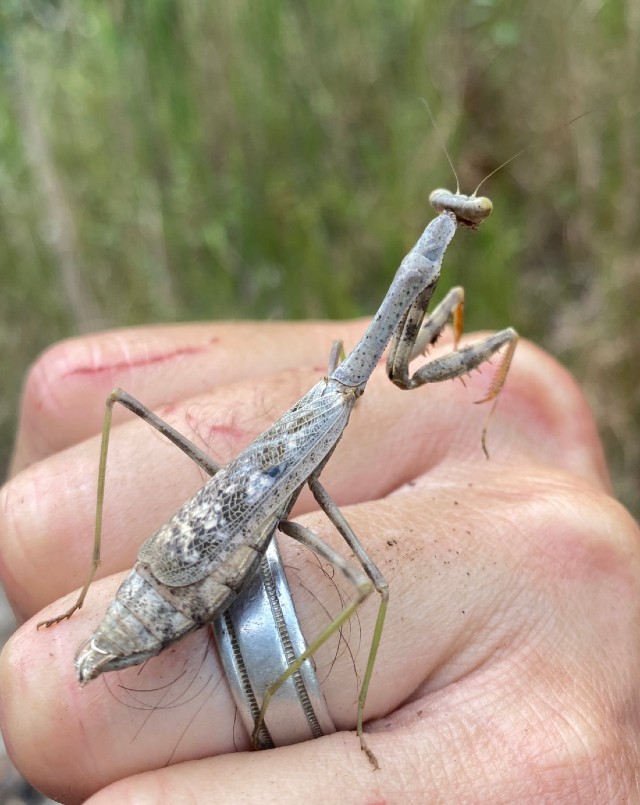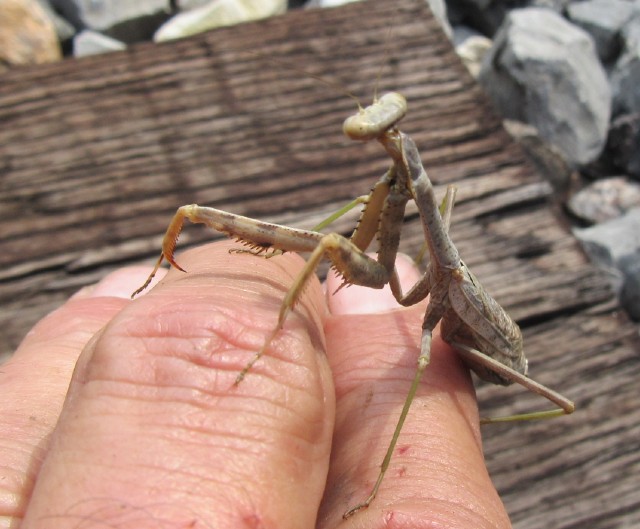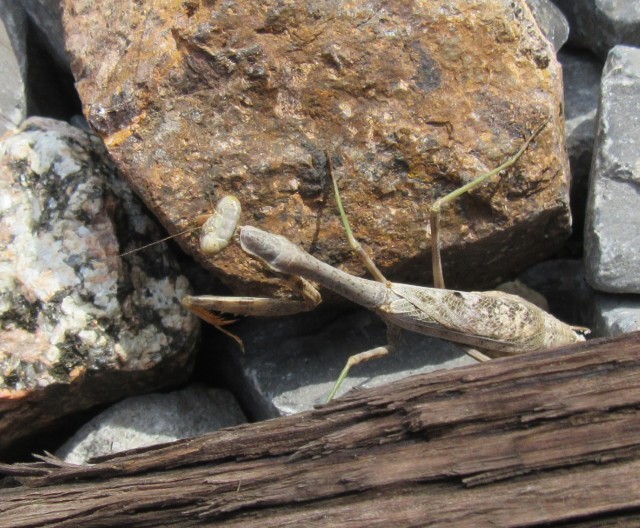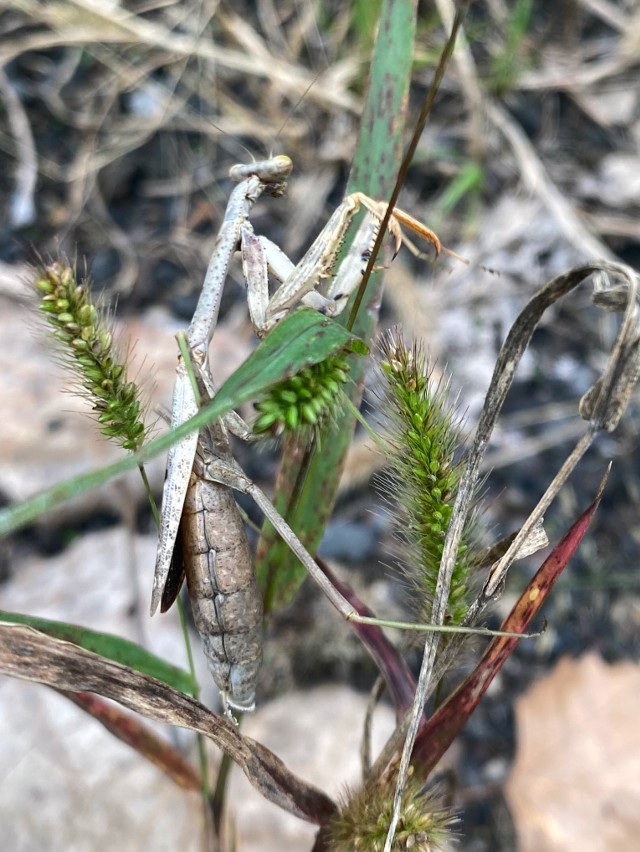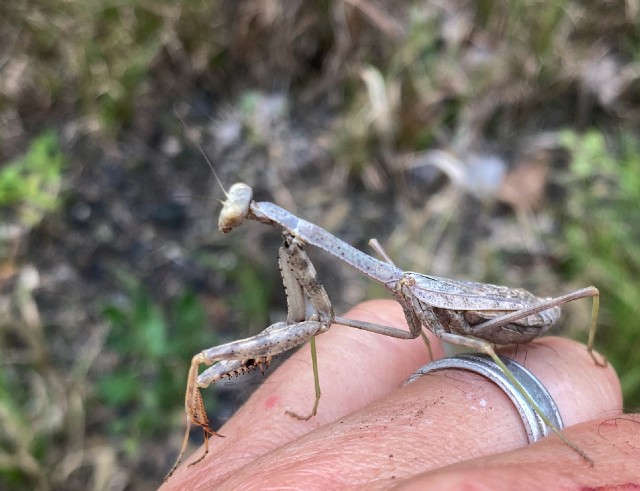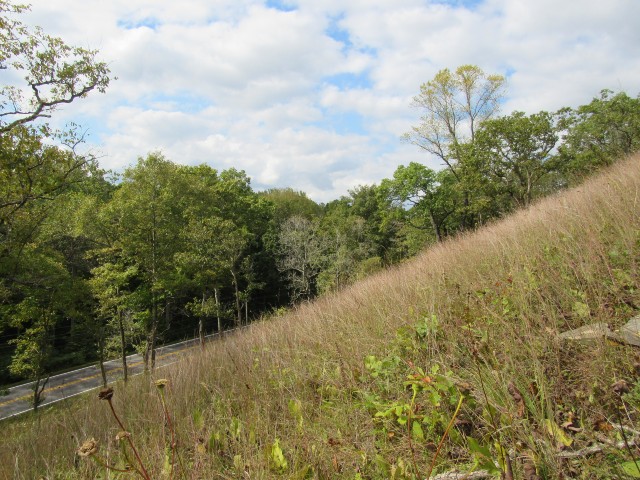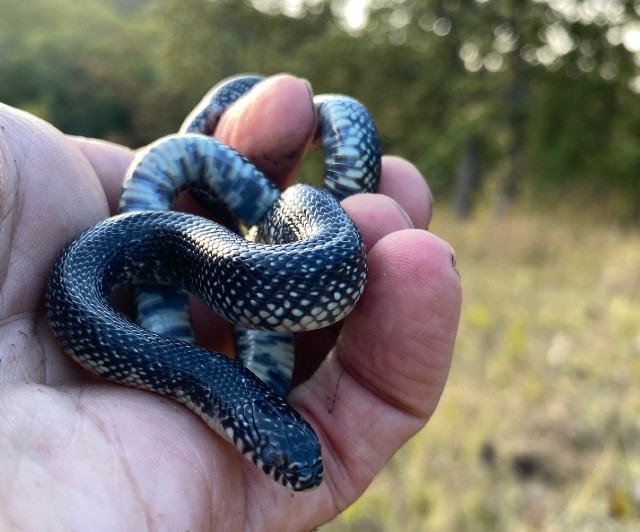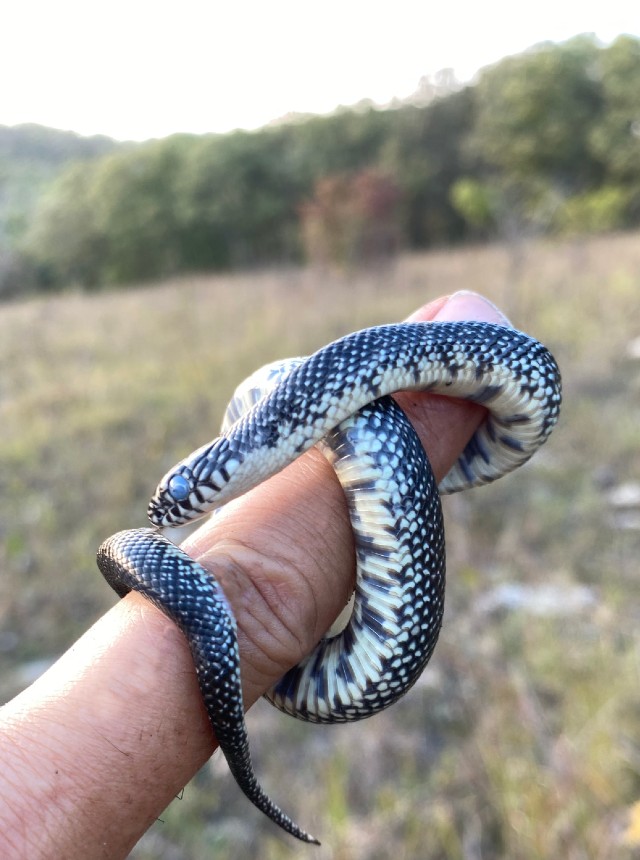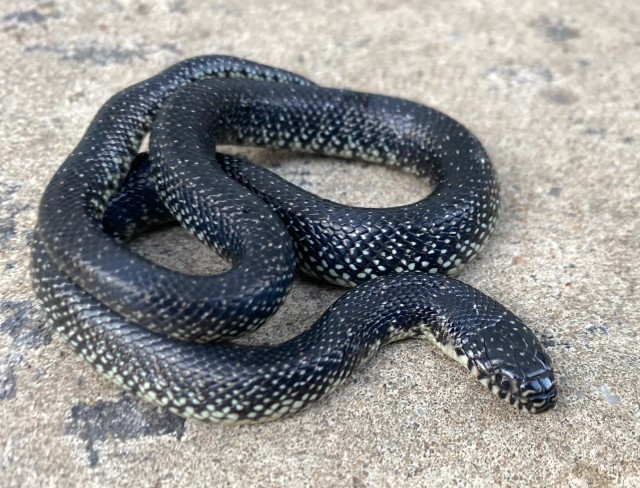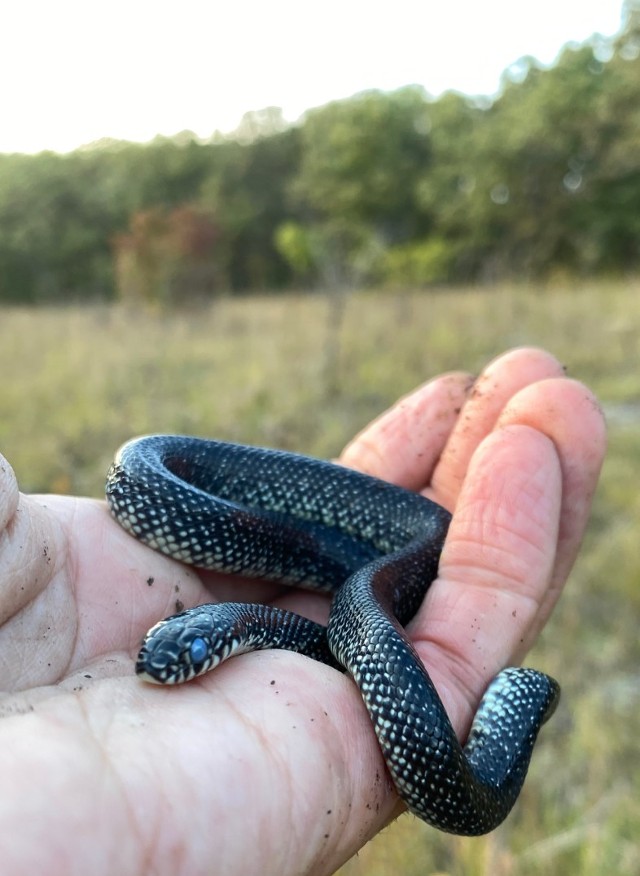I came across a couple of examples of this fine fish while on my outing to southern Illinois this year. This minnow is characterized by having a rounded snout overhanging a crescent-shaped mouth.
The Finescale Stoneroller’s preferred habitat is pools or riffles with gravel or rubble substrate in small to medium-sized streams. It prefers cool, clear water with moderate to fast currents.
This fish is generally herbivorous, feeding primarily on algae scraped from rocks and logs with the cartilaginous ridge on its lower jaw. It is classified as a grazing minnow and large schools of these fish often feed together.
During breeding season, males begin building nests starting in late Winter and continuing throughout Midsummer, creating large, bowl-shaped depressions in calm waters by rolling stones along the bottom with their noses, giving them their common name.
This small fish is prey to many larger fish as well as many birds and reptiles. To avoid them, they move fast, travel in schools and hide when they perceive danger.


